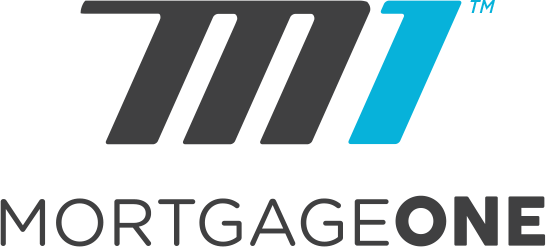Becoming Part of the Community Buying a home isn’t just about moving into a new…
The Truth About No Cost Loans
The Truth about No Cost Loans
There has been a lot of confusion over the years about so called “No Cost” loans and whether they are beneficial to borrowers. Some Loan Officers sell them almost exclusively and others feel they are misrepresented and should only in very short term situations. We will explain this product and analyze its benefits historically with facts.
No Cost Loans Explained:
Obtaining a mortgage loan always involves fees from appraisers, credit reporting companies, title companies, settlement agents, county recorders etc. The total closing costs paid depend in part on the loan amount (title fees for example increase with every 1000 in loan) while others may be flat fees. However, a $225,000 loan will have roughly $2,500 in closing costs paid to others.
Every day our investors provide us with pricing in a wide range. They might give us 10 different interest rates just for 30 year fixed conforming loans. Those rates might between 4.125% to 5.375%. Connected to each interest rate, there is either a cost or a credit. Lower interest rates have a higher cost. The higher you go in rate the cost decreases until the investor starts giving credits. The Investor doesn’t care which of the 10 options is chosen as each correlates to the yield they are going to receive per their models.
A No-Cost loan is merely choosing a slightly higher rate and receiving a credit to pay for all the closing costs associated with your loan. You are still paying closing costs but instead of financing them or paying a lump sum, you pay for them in tiny amounts with your slightly higher interest rate. An example for a $225,000 loan may be instructive:
A 3.75% rate may have a cost of 1% of the loan amount. A 4.25% rate may offer a credit of 1.25% of the loan amount
Cost for an interest rate of 3.75% $2,250 Credit for an interest rate of 4.25% ($2812)
Flat Closing Costs $2,500 Flat Closing Costs $2,500
Total Closing Costs $4750 Total Closing Costs ($ 312)
The difference in total closing costs is $5062 as you can see.
To compare the two options fairly you need to compare new loan amount payments. If you were to finance the closing costs in the first column you would have a loan amount of $229,750. We will compare payments:
Payment on $229,750 at 3.75% rate is $1064.01
Payment on $225,000 at 4.25% rate is $1130.23
Difference 66.22
Now to calculate your breakeven point: 4750 ÷ 66.22 per month equals 71.73 months
Sometimes due to investor pricing you might be able to get the spread down to .375%. In which case your straight break-even would be 96 months. On a cost basis the no cost option is better for 6-8 years. After that paying a point would be better.
Other considerations if you are a business finance major (Like me)
1) You could figure in the additional tax benefit to paying a higher interest rate with the no cost option.
2) We did a straight break-even analysis and did not factor in the time value of money
Other important considerations:
1) One major benefit to no cost loans is if you incurred no costs…then if rates drop even a little bit you can refinance again for no cost. Historically, lenders have put forth rule of thumbs to help customers determine when they should refinance such as “drop at least two points”. These are all immaterial if you can do it again for no cost!
2) One of the major problems in our society is the focus on what payments one can afford instead of building net worth. If you go to purchase a car the first question is often “what payment can you afford?” To build wealth, one needs to focus on net worth. Doing a No-Cost loan does not reduce your net worth. Your equity stays the same. There is intrinsic value in not increasing your debt. Some will say that “financing a cost will not have a material effect long term”. We think this is faulty thinking if your goal is to build wealth. Wealth is not about income…it is about building net worth, eventually creating assets that provide income on their own.
3) If the breakeven is 6-8 years lets look at the lending historical evidence low
Historical considerations:
Historical data clearly indicates that for most borrowers in the last 25 years, paying points has been a bad decision. Recent research using data from 1990-2015 found that on average, borrowers have kept their mortgages only five years (Journal of Financial Economics-2016). Historical data from FreddieMac has also supported this finding. Freddie says the majority of borrowers have refinanced, sold or otherwise closed their mortgage within 6 years. Freddie reported that of all the loans originated in 2008, less than 40% were still active loans four years later.
What this historical data indicates is that those who paid points over the past 25 year did not keep their loans until the break-even point and therefore on average LOST MONEY. Had they taken the no cost option they would have saved money or retained net worth.
Another interesting point. You would think that those who paid points might have made a conscious decision due to their belief they were going to keep their home/loan for a long time. The research concluded that people that point points did not keep their mortgages statistically any longer than those who felt they were in their home short term.
Is “Past Prologue to the Future?” In other words, no cost option were generally better over the past 25 years but will they be in the future?

